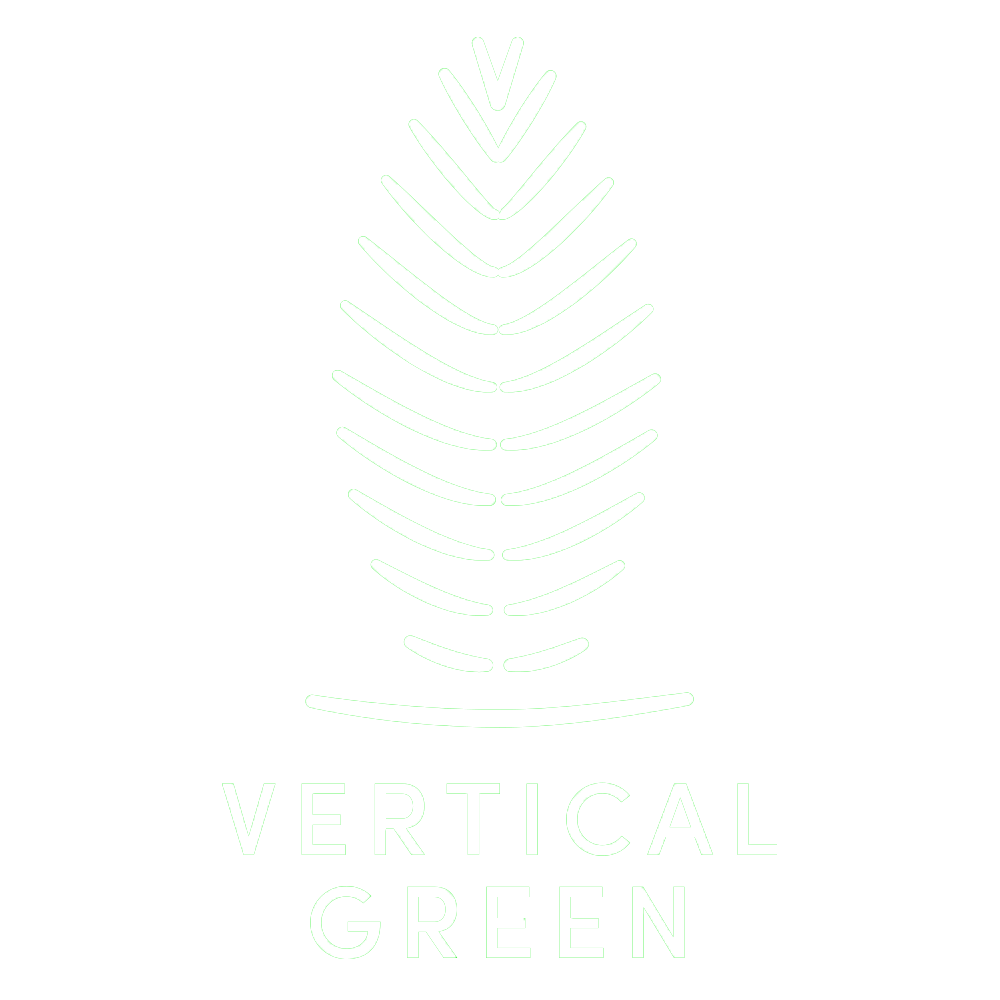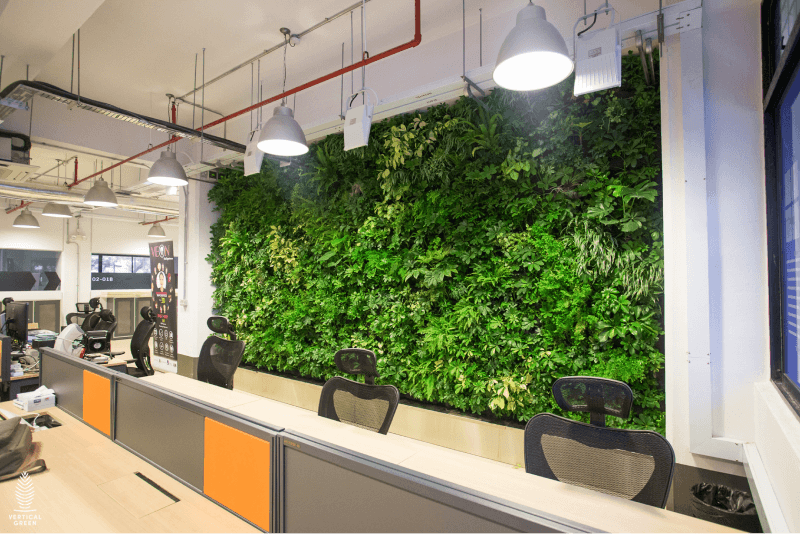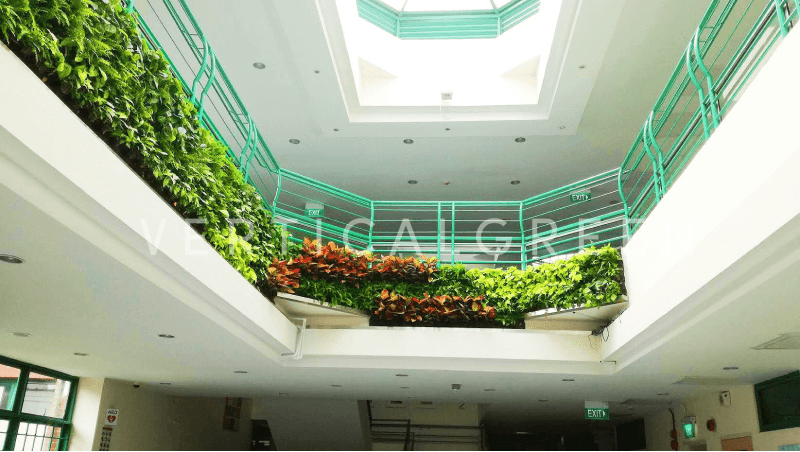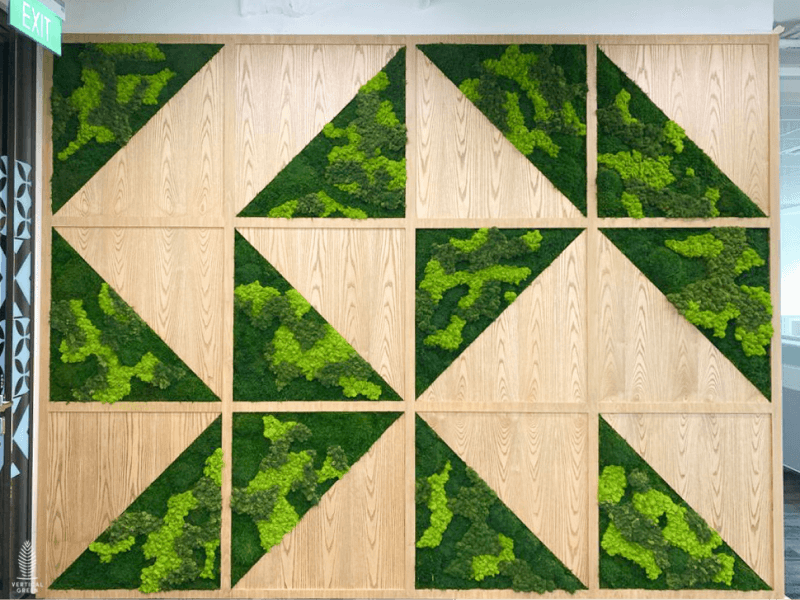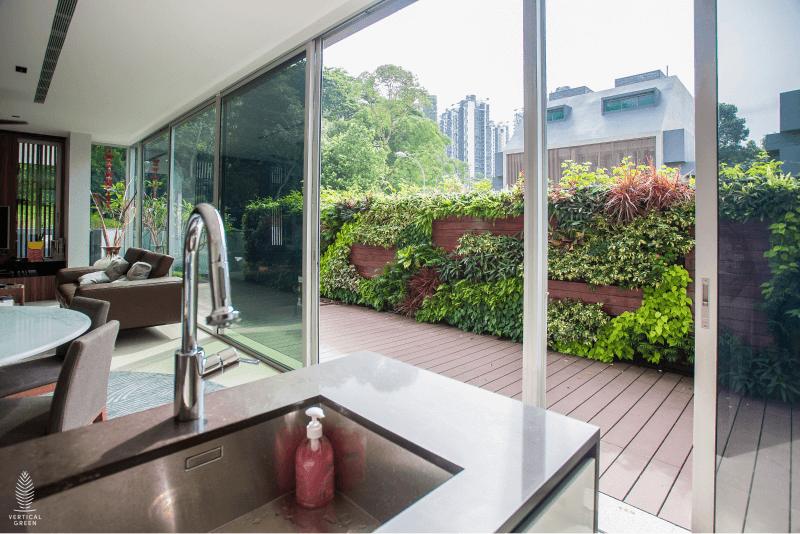As the world becomes increasingly urbanized, the importance of biophilic design is gaining recognition. Biophilic interior design is an approach to architecture that incorporates elements of nature, such as plants, green wall designs, and water features, to create a more inviting and healing environment. The goal of biophilic design is to create spaces that are more comfortable and inviting for people, while also providing health benefits to the people within them.
What is Biophilic Design?
The term “biophilic design” was coined by psychologist Edward Osborne Wilson in the 1984 book Biophilia. It refers to the idea that humans have an innate affinity for nature and that our well-being is enhanced when we are exposed to natural elements. In recent years, biophilic interior design has gained popularity as a way to create more sustainable, healthy, and productive environments.
Important Features of Biophilic Interior Design
Biophilic interior design is a new way of thinking about how we design indoor spaces. The goal is to create interior environments that are more connected to the outdoors and nature, and that provides a greater sense of well-being for occupants. There are several key features of biophilic design, including the incorporation of natural light, green wall interiors and landscapes, and the use of natural materials. These elements help to create a sense of connection to the outdoors, which can reduce stress levels and promote a more positive outlook.
Living Walls
One of the most popular features of Biophilic Design is the indoor wall garden. Green walls in interior design are vertical gardens that can be installed indoors or outdoors. They are typically made up of modular panels that contain soil and plants. The plants chosen for a living wall must be able to tolerate growing near one another and in a limited amount of soil. Some good plants to use in green wall designs include creeping figs, pothos, and philodendrons. A lower-maintenance option for green wall interior walls is reindeer moss, which can be used to create unique patterns without the need for sunlight or water.
Living walls incorporated into interior design can provide a number of benefits, including improved air quality, reduced noise levels, and enhanced visual interest.

Natural Light
Another important aspect of biophilic interior design is the incorporation of natural light. The sun provides a multitude of benefits for both our physical and mental health, so we need daily exposure to it to maintain good health. Natural light helps to regulate our sleep patterns, boosts our mood, and increases our overall energy levels. It also helps us to focus and be more productive. In short, natural light is essential for our well-being.
Effective biophilic interior design should include ample opportunities for exposure to sunlight. This might take the form of large windows, skylights, or even outdoor spaces. By incorporating natural light into our built environment, we can create spaces that are more conducive to our health and happiness.
Water Elements
Adding water elements to your interior design can have a profound impact on the overall look and feel of your space. Not only are they aesthetically pleasing, but they also provide a sense of tranquility and relaxation.
When adding water elements, the most important thing is to choose the right location. Water features should be placed in an area where they can be enjoyed without disturbing the surrounding ecosystem.
Consider the size and scale of the water element in relation to the rest of your space as well. Too small and it may seem out of place; too large and it may dominate the landscape. Don’t forget to think about how you want the water to flow. A simple trickling stream can be just as effective as a dramatic waterfall.
Benefits of Biophilic Interior Design
The goal of biophilic interior design is to create spaces that are both aesthetically pleasing and support the health and well-being of occupants. Studies have shown that exposure to nature can help reduce stress levels, improve cognitive function, and promote physical health. As a result, biophilic interior design has been shown to increase productivity, creativity, and overall satisfaction with one’s work environment. It can also help to create a sense of community and social cohesion. When people feel connected to nature, they are more likely to care for their surroundings and work together to protect the environment.
Research has shown that biophilic interior design can also have a positive impact on mental health. In one study, office workers who had access to biophilic design features reported reduced stress levels and increased satisfaction with their work environment. Another study found that patients in hospitals who were exposed to nature-based distractions such as aquariums had shorter hospital stays and required less pain medication than those who did not.
Given the clear benefits of biophilic design, it is not surprising that more and more architects and designers are incorporating these features into their work.
Apart from the benefits biophilic interior design can have on occupants’ health, it can also help to create a more sustainable and resilient building. It reduces the need for energy-intensive mechanical systems and increases the ability of a building to adapt to changing conditions.

How to Incorporate Biophilic Design
When designing a space, it is important to consider how you can use natural materials and take advantage of natural light, color, and patterns. This helps you create a space that is both aesthetically pleasing and functional.
Use Natural Materials
This could include using wood, stone, and green walls in your interiors. These materials can help to create a sense of calm and can boost mood and energy levels. In addition, they can also help to purify the air and improve indoor air quality.
Create a Sense of Space and Openness
One of the key principles of biophilic interior design is creating a sense of space and openness. This can be achieved by using large windows and skylights that allow natural light to enter the space, as well as by incorporating green living walls and other organic materials into the interior design.
Use Colors and Patterns Found in Nature
By incorporating elements of nature into our built environment, we can create spaces that are more inviting and enjoyable to be in. One way to do this is to use colors and patterns that are found in nature. For example, consider painting a wall with a mural of a forest scene or using tile patterns that mimic the geometry of leaves.
If you’re looking for ways to make your space more comfortable and inviting, consider incorporating biophilic design into your space. You don’t have to go overboard – even a few small changes can make a big difference. And if you need help getting started, we’re here to lend a hand. Vertical Green is the industry expert on living green walls. Talk to us today to learn how we can improve your space.
